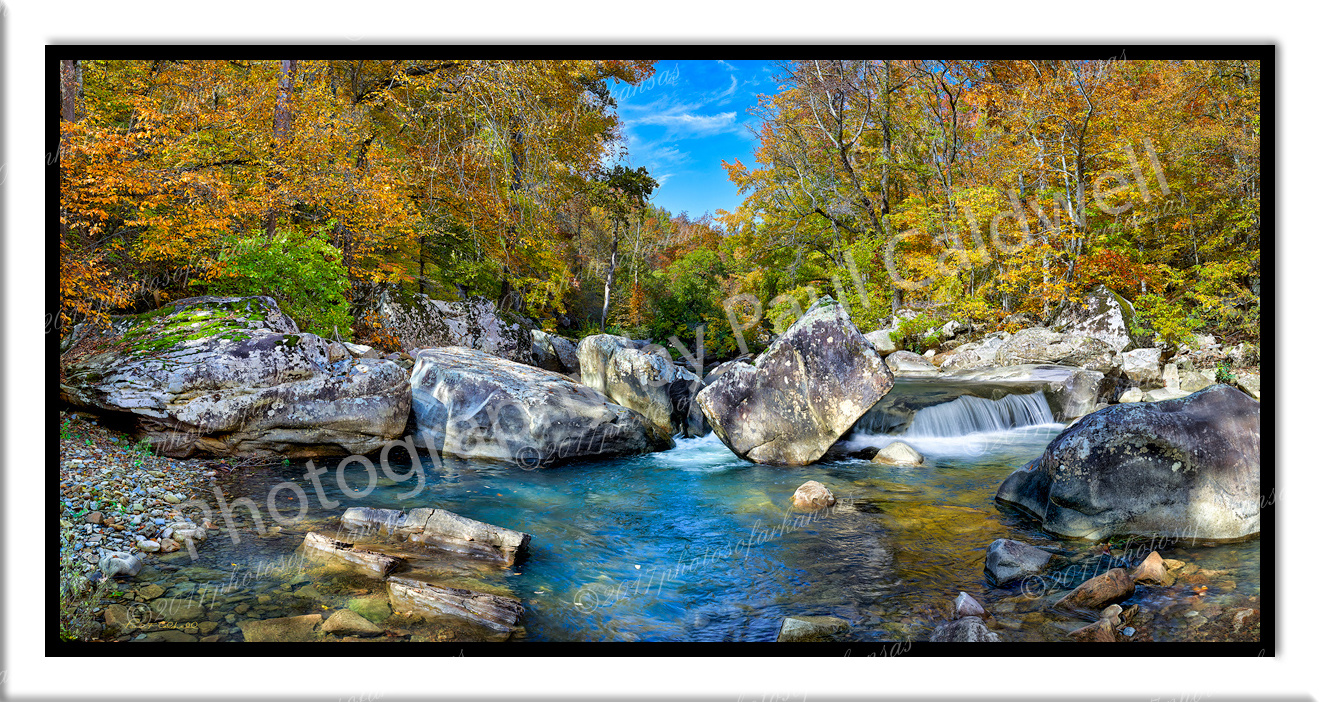A few notes, on both lenses based on use with IQ160, IQ180 and IQ150.
The 35XL, I feel needs a CF all the time, otherwise the corners will just have too much noise, period. The max shift on the 60MP backs, is around 8mm and on 80MP 5mm. Past this and the color cast, is just too extreme for the LCC to correct. The 35XL is a very sharp lens, as other mentioned and performs best in the F8 to F11 apertures. As to the images taken by DT, I can't comment, but the corners on my 35XL are very sharp, non shifted. It should be very sharp across the frame. If you shift past 8mm on a 60MP, you will start to also excessive smearing in the corners. I used this lens for most of 4 years and only put it down for the 40 Rodenstock as the 40mm has much better shifting performance on the higher MP backs. And the 40mm does not need a CF. For my style of shooting, I tended to add a bit of downward tilt to the 35XL. The 35XL also is great lens to pan with (mainly with the camera vertical, but it also works well horizontally). You will see much less of the retrofocus issues such as the edges becoming elongated and fatten, something that is very visible on the 40mm, and worse on the 32mm Rrodenstocks.
The 43XL, can shift to around 18mm on the 60MP backs and 12MP on the 80MP backs, if you are going to shift this much then a CF is a necessity. Center shots are very nice, but again, I always added tilt. I picked up the 43, as I wanted to be able to shift further than the 35mm and Schneider did not have the IC indicator in their lenses, which allows you to shift without a hard vignette when reaching the limits of the IC.
Both of these lenses, are prone to micro lens ripple on the Phase CCD backs on shifts past 4mm, but the LCC process does a great job of removing this problem.
The Rodenstocks are excellent also, but are more expensive, and considerably heavier and bulkier, (especially the 32mm).
I would work with a dealer that is familiar with your digital back, the tech camera you either own or are interested in, with both of these lenses, to get the best opinion. As you have mentioned both Schneider is no longer making any of the tech lenses (to the best of my knowledge), so that also may be an issue for repairs or adjustments to these lenses in the future.
This image was taken with an IQ160 and 35XL, nodal panned, not shifted and is extremely sharp throughout the image.
Paul Caldwell


